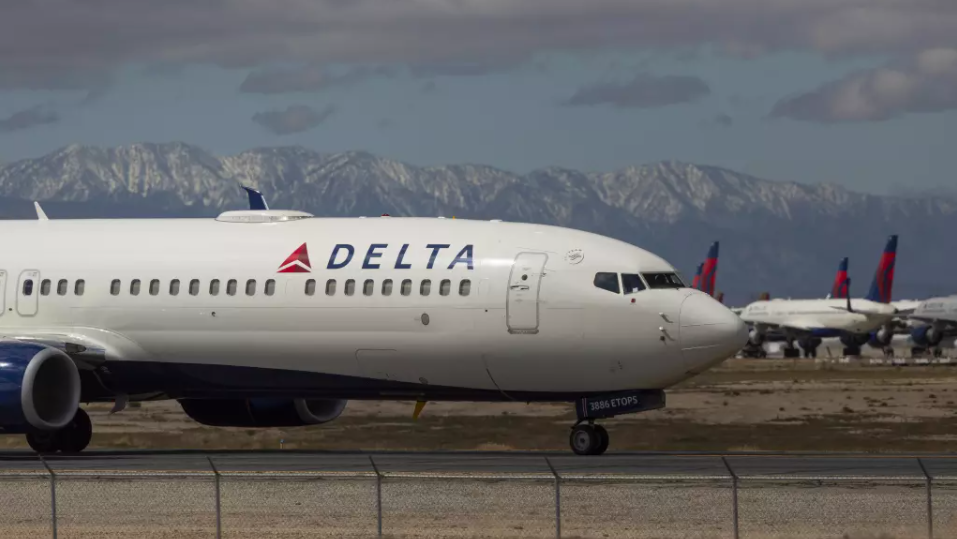Southwest Airlines inflames the battle to win corporate travellers
Southwest Airlines has declared that it is now well equipped to take a bigger portion of the reduced pool of business travellers post--pandemic. The airline believes that its full participation in the global distribution systems (GDS) and adding some more business-friendly airports to its network will position it favourably to capture more corporate travel.
But airlines that have products that are more tailored towards business travellers will also be competing fiercely for the smaller portion of business travellers once a rebound in corporate traffic begins in full force.
The result is that competition among airlines for business travellers in the US will intensify significantly.
And what of yields? Corporates keen not to raise their travel budgets to pre-pandemic levels will be in a strong position.
TO READ ON, VISIT: Southwest Airlines inflames the battle to win corporate travellers
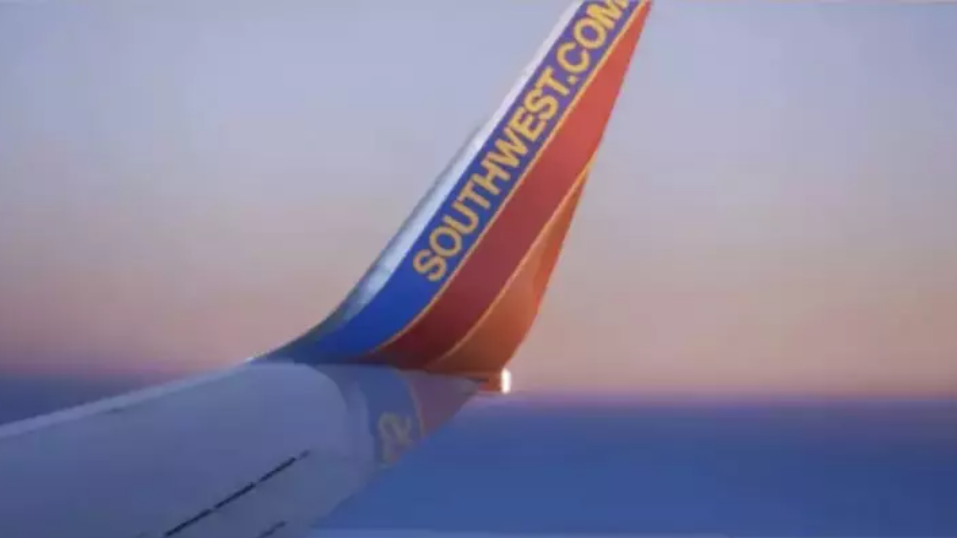
Aircraft seating and inflight wifi; post-pandemic outlook
As unprecedented numbers of aircraft sit idle and airline coffers are laid bare by the pandemic, a lifeless and even dull environment for airline inflight product development might be expected.
But the reverse is true. The inflight connectivity (IFC) market is bustling with energy. Changes are afoot also in the way airlines are looking to configure new and existing fleets.
One outstanding trend is the greater focus on premium economy seating, as a reduction in business travel promises to reshape passenger demand and the airline yield profile.
There have been some big moves and new trends emerging, all tracked and made available courtesy of the newest edition to the CAPA Fleet data offering: The CAPA Aircraft Interiors Database.
This short report highlights some of the major innovations are under way in Wireless inflight entertainment (IFE), seat amenities and seating products.
TO READ ON, VISIT: Aircraft seating and inflight wifi; post-pandemic outlook
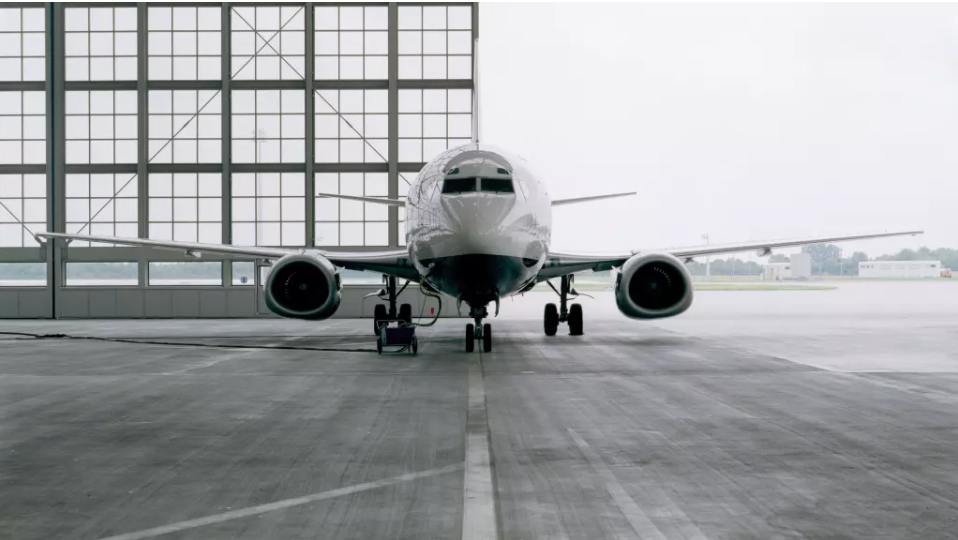
Ireland aviation hit hard by COVID. Aer Lingus recovery lags Ryanair
An island nation geographically positioned on Europe's periphery, Ireland has long punched above its weight in aviation terms. In 2019, before COVID-19, Ireland was the 16th largest in the aviation market in Europe by total seat capacity (source: CAPA, OAG), significantly above its ranking as Europe's number 26 nation by population (source: worldometers.info).
However, in the week commencing 28-Jun-2021, Ireland ranks as the 23rd biggest aviation market in Europe by seats - a significant slump from pre-COVID.
Ireland has been harder hit by the pandemic because it is dominated by international markets and has very tight foreign travel restrictions. These restrictions will ease, but not disappear, from 19-Jul-2021.
Ireland's two leading airlines, Ryanair and Aer Lingus, account for 76% of the country's seats, but Ryanair has recovered more rapidly. It is now operating 34% of its 2019 seat capacity in Ireland, vs Aer Lingus' 14%. This is well short of Ryanair's group-wide rate, but its low costs, strong liquidity and geographically diversified network should position it more strongly for the recovery.
TO READ ON, VISIT: Ireland aviation hit hard by COVID. Aer Lingus recovery lags Ryanair

CAPA Live: Finnair CEO Topi Manner -'back to pre-COVID levels in 2023'
Talking at the CAPA Live on 9-Jun-2021, Finnair CEO Topi Manner spoke with CAPA's chief financial analyst, Jonathan Wober. Some of his key quotes included: "it is frustrating that the travel restrictions are so stringent in Finland"; "in terms of capacity, ASKs, we will come back to pre-COVID levels in 2023"; "we certainly are focused on the upsells, people from economy moving to premium economy"; "our long long-term targets related to CO2 emissions are reaching carbon neutrality in 2045"; "our hub model...is the very core of our strategy of connecting Europe and Asia"; and "We are becoming more agile, we are becoming more nimble".
TO READ ON, VISIT: CAPA Live: Finnair CEO Topi Manner -'back to pre-COVID levels in 2023'

ACI: a need for USD2.4 trillion airport capital investment
Various divisions of Airports Council International (ACI), the world representative body for airports, commonly call loudly for more expenditure on airport infrastructure, threatening future 'denial of travel' scenarios if existing capacity constraints are not alleviated. The most vocal typically are ACI North America and ACI Europe.
Now the parent organisation, ACI World, has weighed in by stating its case on global capital investments in airports, meaning how much is needed, and by when. It is USD2.4 trillion by 2040.
Interestingly though, an examination of a CAPA airport construction database which lists infrastructure projects for existing and new airports suggests that, allowing for postponements, the level of investment presently exceeds even ACI's demands, on an annual average basis over the next five years.
Irrespective of that, ACI is right to highlight the needs of airports because they are in danger of being overlooked by governments and of being placed at the far end of the queue for support. There is scant evidence that any government ranks airports highly on its support list. Accordingly, ACI appears to have adopted a strategy to convince governments - and the private sector - to rally to their aid by unavoidably linking airport expansion to environmental sustainability.
TO READ ON, VISIT: ACI: a need for USD2.4 trillion airport capital investment
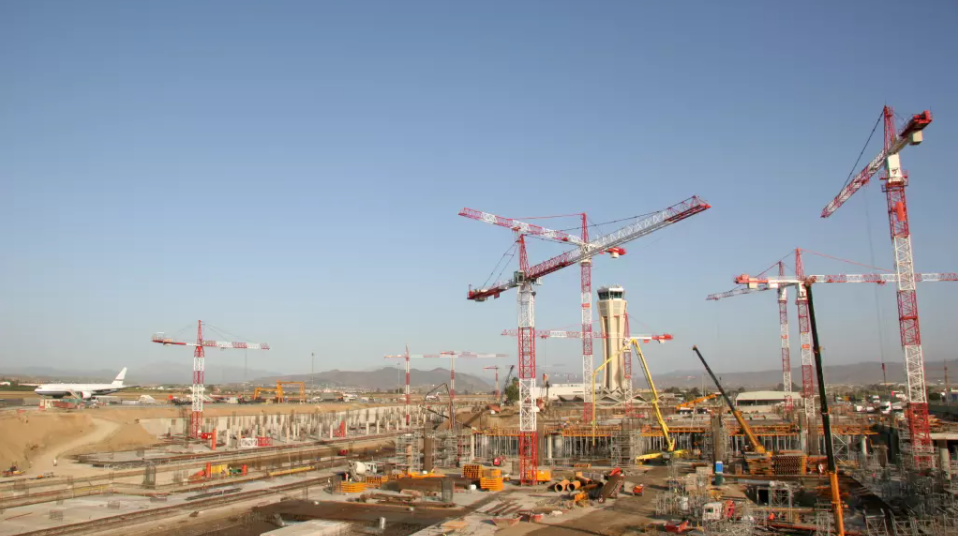
Panama seeks concessionaires for regional airport
In recent months CAPA has reported widely on airport concession schemes and how the search for them is gaining strength in Latin America, where notable ones are already to be found in Argentina, Brazil and Mexico, while countries like Uruguay and Ecuador are trying to introduce them.
The latest country to join them is Panama, an isthmus in Central America between Costa Rica and Colombia best known for its transoceanic canal, a swanky lifestyle in the capital, and some dodgy financial firms.
But although Panama City is well known internationally, the hinterland, while it contains many tourist attractions, is not so familiar to many. Although the hinterland is served by many airports, most have no scheduled flights, and those that exist are irregular ones to the capital, Panama City.
In order to attract the tourists that the regions merit, the airports must be improved, along with various other infrastructures. A bill proposes to invite in concessionaires to manage them, but would those potential concessionaires want to?
TO READ ON, VISIT: Panama seeks concessionaires for regional airports
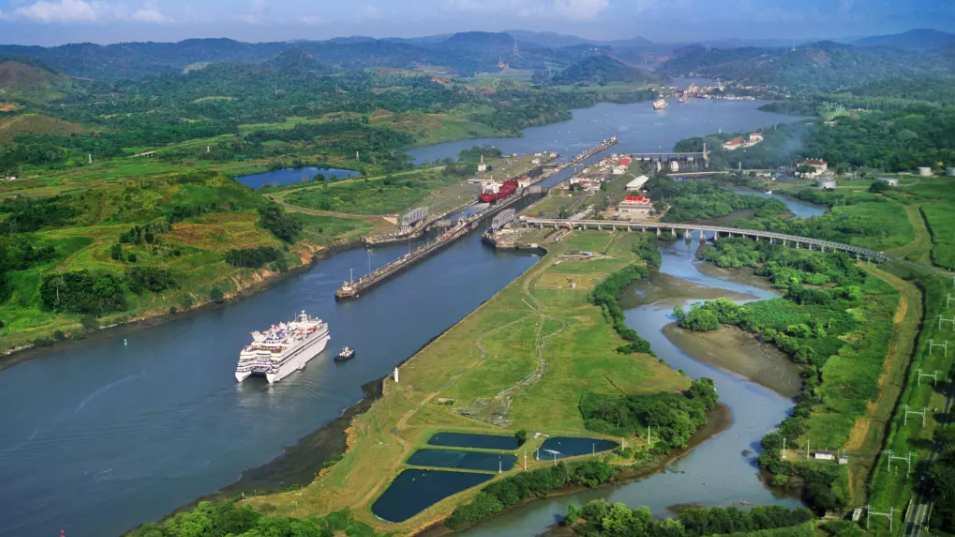
SPECIAL REPORTS: Aviation Sustainability and the Environment
This regular weekly CAPA report features a summary of recent aviation sustainability and environment news, selected from the 300+ news alerts published daily by CAPA. This week's issue includes: Delta Air Lines and Corporate Travel Management sign three year SAF agreement; London Southend Airport launches environmental action plan to reach carbon neutral operations; AGS Airports commits to net zero emissions by mid 2030s; Muenster/Osnabrueck Airport launches emissions offsetting initiative for passengers; and Clean Sky projects 11% reduction in global aircraft CO2 emissions by 2050.
TO READ ON, VISIT: SPECIAL REPORTS: Aviation Sustainability and the Environment
